Philippe Abrahami
Université de Lille, Lille, Hauts-de-France, France.
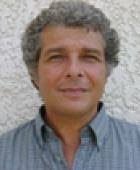
Philippe Abrahami is full professor in History and Archaeology of the Ancient Near East at the University of Lille, France. He is affiliated to the Research Unit 8164 HALMA. His teaching interests include the history and archaeology of the ancient Near East, as well as Sumerian and Akkadian epigraphy and philology. Based on various cuneiform corpora in Akkadian language, he is currently, conducting research in different fields such as military history; sheep breeding and textiles production and the socio-economic history of the city of Nuzi (northern Iraq late 15th BC-beginning of 14th BC).

Brigitte Bourgeois
Emeritus Curator, Centre de Recherche et de Restauration des Musées de France (C2RMF), France.
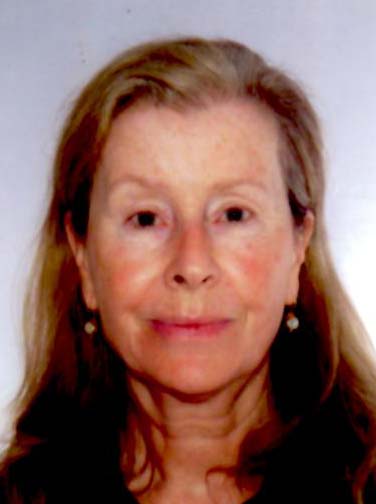
Brigitte Bourgeois is an honorary curator at the Research and Conservation Center for the museums of France (C2RMF) in Paris. During her thirty-years affiliation with this institution, she has been in charge of archaeological conservation then developped research projects and edited the Techne journal during a decade. She holds a PhD in ancient Greek history and an habilitation to direct researches from Paris University, graduated from the French Institute for Conservation in Paris, is a former Getty Scholar and was Associate Researcher at INHA (National Institute of Art History in Paris) for four years. Her field of expertise deals with the history and conservation science of Greek antiquities with a special focus on the polychromy of Greek sculpture (both marble and terracotta). She has widely published on this topic as well as on the history of conservation of Classical marbles and Greek vases.

Hariclia Brecoulaki
Institution of Historical Research, Section of Greek and Roman Antiquity, National Hellenic Research Foundation, Athens, Greece.
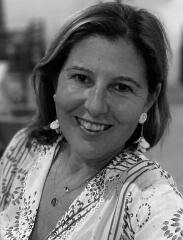
H. Brecoulaki is an archaeologist/art historian and holds a senior researcher position at the Institute of Historical Research, Department of Greek and Roman Antiquity (The National Hellenic Research Foundation). Her work mainly focuses on issues related to Greek painting from the Late Bronze Age to the Roman period, with a particular interest in the technological aspects of ancient polychromy. Her publications include the books and collective volumes
L’esperienza del colore nella pittura funeraria dell’Italia preromana V-III secolo a.C. (2001), La peinture funéraire de Macédoine. Emplois et fonctions de la couleur, IV- IIème s. av. J.-C. (2006), Mycenaean Painting in Context. New Discoveries, Old Finds Reconsidered (2015), and Archaeology of Colour (2023).

Nicole Brisch
Universität Hamburg & CSMC, Hamburg, Germany.
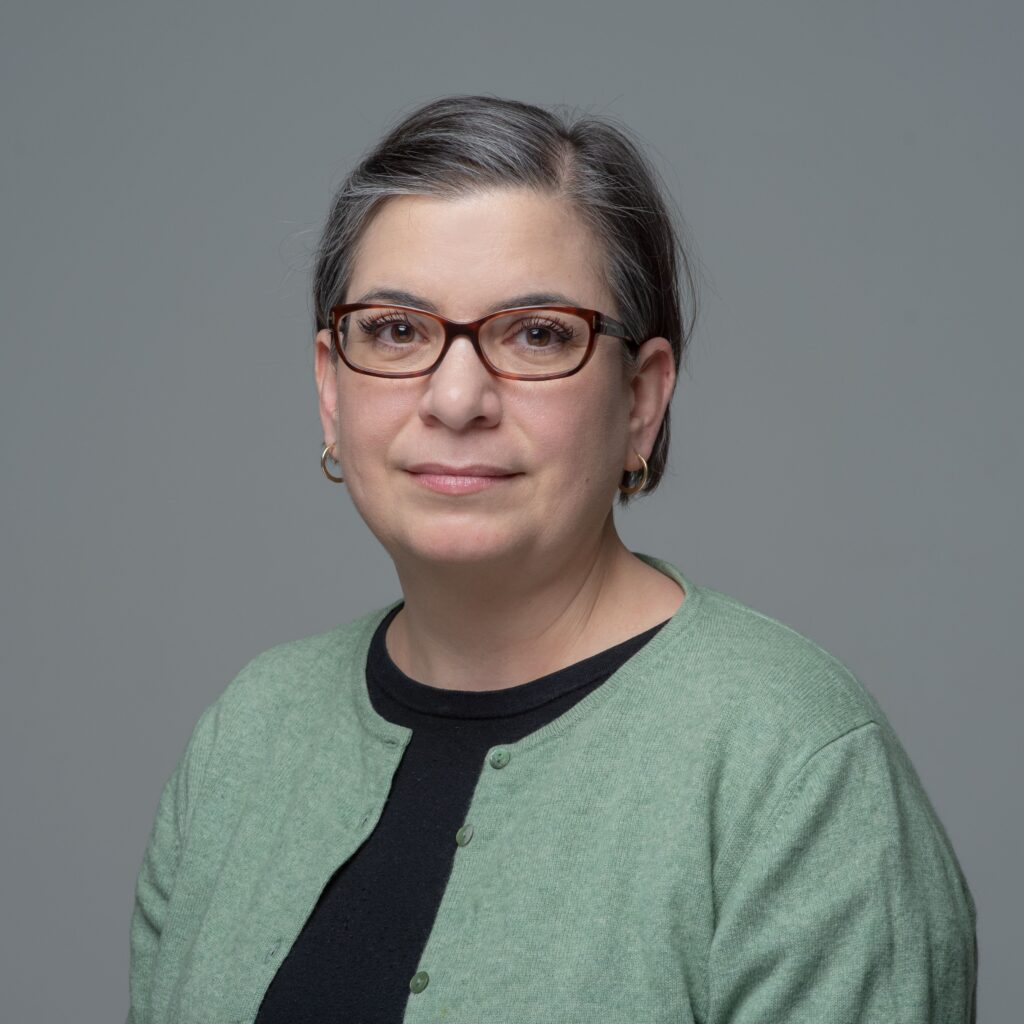
Nicole Brisch (PhD University of Michigan, 2003) is a professor of Assyriology at the Universität Hamburg. She has previously held positions at the University of Copenhagen and the University of Cambridge. She specializes in Sumerian literature and Mesopotamian religion. Her most recent book, co-edited with Professor Fumi Karahashi, explores the topic of women and religion in the ancient Near East and Asia (Studies in Ancient Near Eastern Records, 30). Her current research explores the daily ritual of offering foods to gods, which involves the publication of a temple archive from the city of Nippur (in southern Iraq).

Umberto Brogi
Restorer at Opera Primaziale Pisana, Pisa, Italy.

After a period of training on the Florentine Restoration Laboratory of Giovanni Cabras s.n.c., Umberto Brogi earned a bachelor’s degree in Cultural Heritage Science and a master’s degree in Art History. In 2001, he founded Prometeo s.n.c. – a firm for restoration and cultural heritage services- working for private clients and public agencies, until 2008.
In 2006, he joined the restoration group of the Opera Primaziale Pisana, which is responsible for the recovery of the frescoes of the painted artistic heritage, located in the monuments of the Piazza dei Miracoli.

Duygu Çamurluoğlu
Senior Conservator and Researcher, Department of Collection Care, The British Museum, England.

Dr Duygu Çamurcuoğlu ACR, FIIC has completed her BA in Classical Archaeology in İstanbul University, Turkey. She has pursued her education at the Institute of Archaeology, UCL, London where she completed her MA and MSc in the Conservation for Archaeology and Museums programme in 2004, followed by gaining a post at the British Museum (BM) as a ceramics, glass and metals conservator. She also worked as the head conservator for the renowned Neolithic site of Çatalhöyük for 8 seasons, supporting the site to gain ‘World Heritage Site’ status, as well as several students and colleagues through their career development. She completed her PhD research on the Neolithic wall paintings of Çatalhöyük ‘Materials, Technologies and Artists’ in 2015.
Currently Duygu works as a Senior Inorganic Objects Conservator at the BM. Most recently she became the Lead Conservator for the Beirut Glass Project which is an international collaborative project between the BM and the Archaeological Museum of the American University of Beirut. Duygu was also a part of the team who won Icon’s Nigel Williams Prize in 2019.
Duygu is well-connected both nationally and internationally and actively collaborates with international conservation institutions, such as IIC and ICOM-CC organising large scale conferences. She gives lectures for conservation students at various universities in the UK and abroad.
Her main interest areas: research into investigation of archaeological materials, interpretation and display of objects in museums, conservation research, building international relationships, training and career development in Conservation, leadership in Conservation.

Selim Yılmaz Erdal
Hacettepe University, Faculty of Letters, Department of Anthropology, Türkiye.

Yılmaz Selim Erdal is a professor at Hacettepe University. He is a specialist in human bioarchaeology. He has participated in more than 30 excavations in Turkey and Azerbaijan. His research focuses on dietary habits, lifestyle, socioeconomic status, burial customs of prehistoric Anatolia and surroundings. He contributed to the establishment of the Hacettepe University Skeletal Biology Laboratory (Husbio_L) and Hacettepe University Molecular Anthropology Group (Human_G) for aDNA studies. Currently, interdisciplinary bioarchaeological researches on human remains regarding the Neolithic period up to now are carried out through these two laboratories.

Natalia Figueiras
University Complutense of Madrid (UAM), Spain.
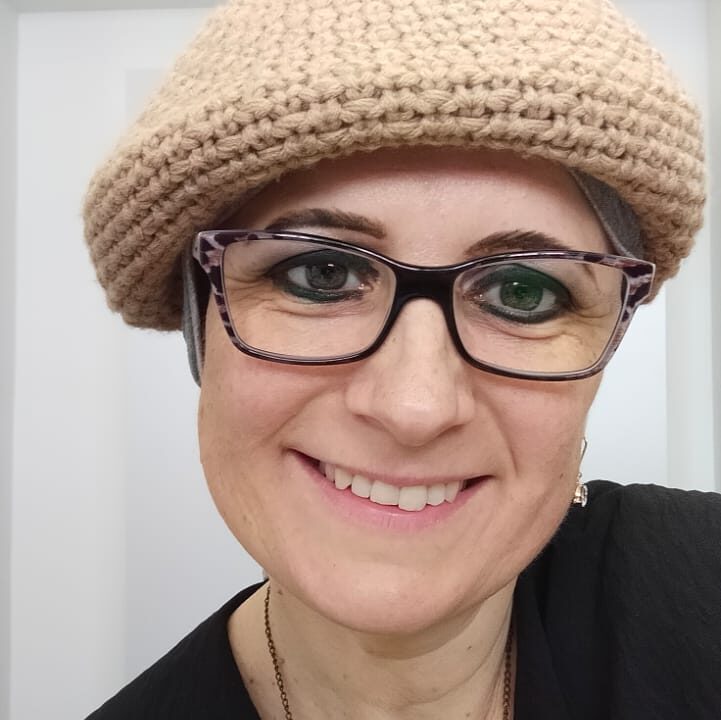
Natalia Figueiras Pimentel is Graduate in Art History, specialty History of Medieval Art (Santiago de Compostela University, 1995-1999). Teaching Certificate (University of Valencia, 1999-2000). Specialist in “Conservation and Restoration of Historical-Artistic Heritage” (Polytechnic University of Valencia, UPV, 2001-2003). She completed a doctoral program in Fine Arts, “Conservation and Restoration of Artistic Historical Heritage” (2001-2003). She has also a transdisciplinary training in relation to the documentation, study, and enhancement of cultural heritage: “Characterization of architectural materials and Stone Conservation-Restoration” (University of Zaragoza, 2004). Superior Technique in “Plastic Arts and Design in Artistic Photography” (EASD ‘Antonio Faílde’, 2008-2011), postgraduate training in Archaeometry and Applied Techniques (Polytechnic University of Valencia, 2001-2007; University of Murcia, 2020-2021 and University of Burgos, 2021-2023). She is currently doing her doctoral thesis in History of Medieval Art at the Complutense University of Madrid, International PhD Mention, with a thesis entitled: “Hermitism in the northwest of the Iberian Peninsula during the Middle Ages from the St Pedro de Rocas rupestrian complex (Ribeira Sacra, Galicia, Spain) as a paradigm: a transdisciplinary scientific study applied to the History of Art”.

Gülsu Şimşek Franci
Doctoral Researcher at Koç University Surface Science and Technology Center (KUYTAM), Türkiye.

Metallurgical and Materials Engineer Gülsu Şimşek Franci completed her master’s thesis at Istanbul Technical University under the supervision of Prof. Dr. Ali Fuat Çakır, with the study of gilded silver wires embroidered on the Kaaba curtains in the collection of the Topkapı Palace Museum. She continued her Ph.D. thesis under Prof. Dr. Ayşe Emel Geçkinli’s supervision to study the Ottoman tiles preserved in the vaults of the Topkapı Palace Museum with SEM-EDS and Raman spectroscopy. She did her first post-doctoral work at the NU-ACCESS center, established in collaboration with the Art Institute of Chicago and Northwestern University, and her second post-doctoral work at the MONARIS laboratory of Sorbonne University and CNRS. She worked at Istanbul Commerce University, Department of Jewelry Engineering, and Istanbul Restoration and Conservation Central and Regional Laboratory between 2014-2016. She started to work at Koç University Surface Science and Technology Center (KUYTAM) on June 1, 2016.
Presently, her research concerns the non-destructive characterization of tiles and ceramics unearthed in the Iznik Tile Kilns Excavation and the characterization of the pigments used by Orientalist Turkish painters in their oil paintings with different techniques.

Violaine Jeammet
General Curator, Department of Greek, Etruscan and Roman Antiquities, Musée du Louvre, France.

Violaine Jeammet is a senior curator at the Greek, Etruscan and Roman Department, Louvre Museum. She is in charge of the Greek and Roman terracotta figurines and she supervised the new arrangement of the Charles X Gallery, where figurines have been exhibited since 1997. She curated several exhibitions and specially the Tanagra- Mythe et archéologie in 1997 in the Louvre and the Tanagras- Figurines for Life and Eternity in 2008 in the Bancaja Foundation, Valencia (Spain). She is a teacher at the Ecole du Louvre.
She has written numerous articles about different topics in the very open field of coroplastic studies (theater, music, childhood, gender studies etc…). She is now very interested in technical issues and particularly the ones concerning the ancient polychromy she has been studying for years with Brigitte Bourgeois. They are now writing a very important monography devoted to this topic, to be published in 2025 (French School at Athens).

Dominique Kassab Tezgör
Bilkent University, Faculty of Humanities and Letters, Department of Archaeology, Ankara, Türkiye.

Dominique Kassab Tezgör received her PhD in Ancient History and Civilization from the University of Paris IV-Sorbonne and her Doctorat d’État in Classical Archaeology from the University of Dijon. She also holds two diplomas from the École du Louvre, Paris (History of Art and Museology). She is specialized in Greek and Roman art and archaeology and her research includes more specifically terracottas and amphora, two fields on which she has published monographs, edited books and numerous articles. She has been the scientific director of the excavations of an amphorae workshop in Sinope, on the Turkish Black Sea coast. Presently a major part of her research regards the amphorae of Sinope and of Black Sea during the Roman period and the late antiquity. She is teaching in Bilkent University where she presently serves as a chair of the Department of Archaeology and Associate Dean of the Faculty of Humanities and Letters.

Anaïs Lamesa
Head of the archaeological unit at the French Institute of Anatolian Studies, İstanbul, Türkiye.

Dr Anais Lamesa studied Art history and Archaeology at Panthéon-Sorbonne University and hold a Phd in History. She was a teaching fellow at Paris-Nanterre University. Subsequently, as a PI, she managed the Troglopie project, funded by a DIM-Heritage and Ancient Materials fellowship at the CNRS. The project focused on rock-cut churches in eastern Tigray (Ethiopia). In February 2022, she was appointed as the director of the archaeology department at the French Institute for Anatolian Studies in Istanbul. She one of the organisors – with some colleagues from Bilkent – of the Four seasons byzantin seminar series. She published several papers and proceedings, the most recent proceedings, publish with Sidestone press in Spring 2023, is available online under the title: From Quarries to Rock-cut Sites, Echoes of Stone Crafting.

Cécile Michel
CNRS ArScAn, Nanterre-CSMC Hamburg, Germany.
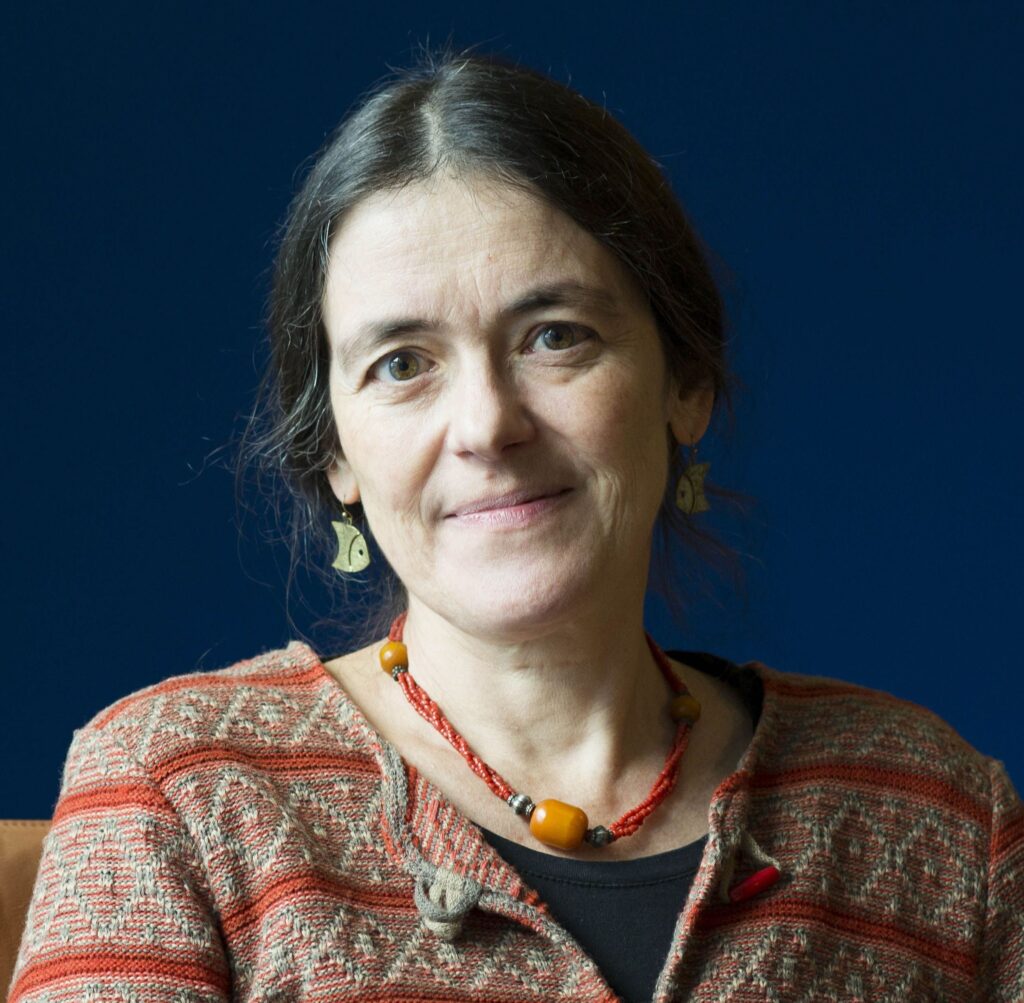
Cécile Michel is Senior Researcher at the French National Center for Scientific Research (CNRS, Archéologies et Sciences de l’Antiquité, France), and Professor at the Hamburg University (Germany). As an historian deciphering cuneiform texts from Mesopotamia and Anatolia, and member of the excavations team of Kültepe (Anatolia), her research focuses on the economy, society (including gender and women), archival practices, literacy, education and material culture of the Ancient Near East. She has coordinated an International Research Network on ancient textiles and is the author of Women of Assur and Kanesh: Texts from the Archives of Assyrian Merchants (2020), and coeditor of and contributor among others to Textile Terminologies in the Ancient Near East and Mediterranean from the Third to the First millennia BC (2010), Wool Economy in the Ancient Near East and the Aegean: from the Beginnings of Sheep Husbandry to Institutional Textile Industry (2014), Prehistoric, Ancient Near Eastern and Aegean Textiles and Dress: an interdisciplinary anthology (2014), The Role of Women in Work and Society in the Ancient Near East (2016), Textiles and Gender in Antiquity from Orient to the Mediterranean (2020), and Cultural Exchanges and Current Researches at Kültepe and Surroundings (2021).

Louise Quillien
CNRS, ArScAn, Nanterre, Germany.
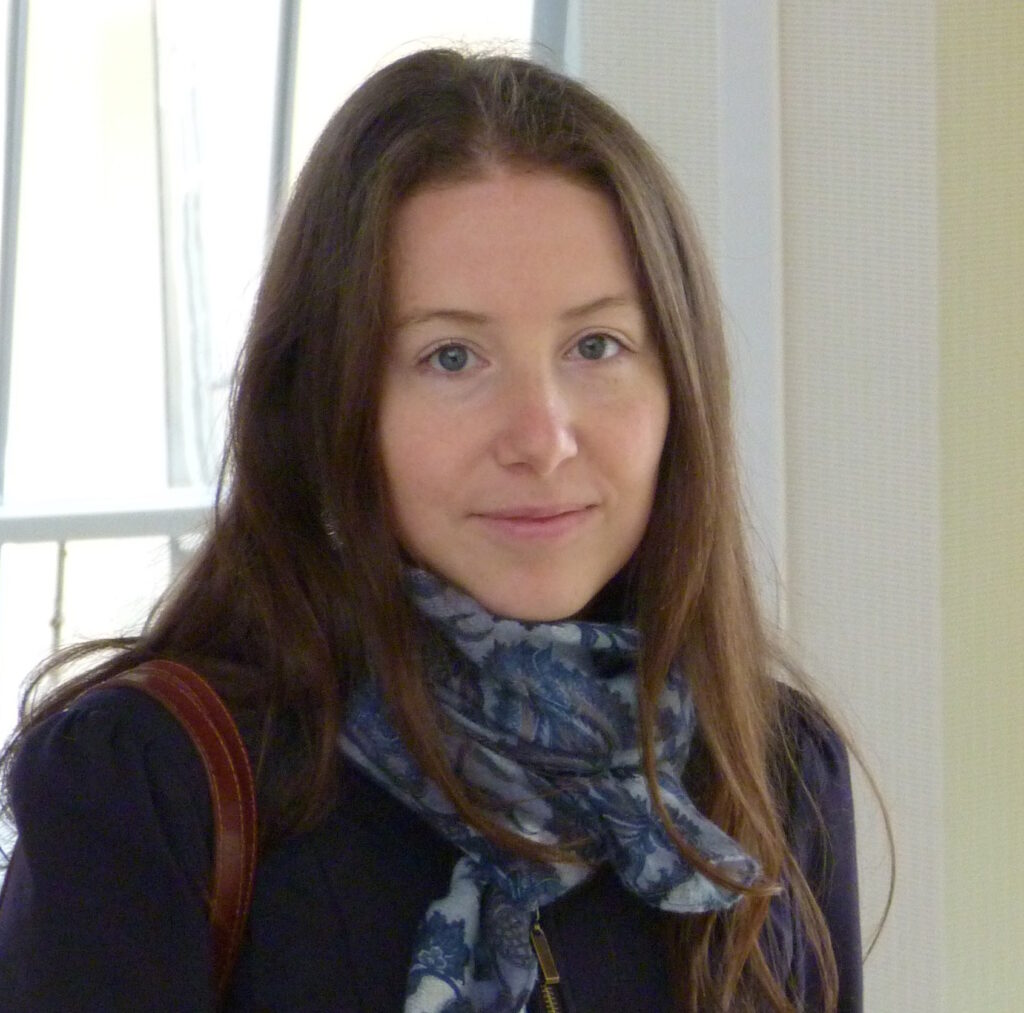
Louise Quillien is researcher at the CNRS (Centre National de la Recherche Scientifique), in the laboratory AsScAn (Archéologies et Sciences de l’Antiquité, UMR 7041, team Histoire et Archéologie de l’Orient Cunéiforme, HAROC) at Nanterre, France. She is an assyriologist, specialized in the history of 1st millennium BCE Babylonia, and she studies, in particular, material culture and crafts. She did her PhD on textiles in Babylonia during the 6th century BCE, now published at Brill (CHAN 126).

Jorge Lopez Quiroga
University Complutense of Madrid (UAM), Spain.

Prof. Dr. Jorge López Quiroga is Full Professor of Medieval Archaeology at the Autonomous University of Madrid since 2022, having previously been Allocataire de Recherche (University of Paris IV), A.T.E.R. in Medieval History (University of La Rochelle), Research Assistant (University of Alcalá de Henares), Doctor in Medieval History (University of Paris-Sorbonne, Paris IV), Geography and History (University of Santiago de Compostela, USC) and European Doctor (USC). He is former Member of the Casa de Velázquez and former Fellow of the Alexander von Humboldt Foundation, among other various post-doctoral research grants. He has been a visiting professor at various European and American universities. He was Director of the Spanish Archaeological Mission in Conimbriga (Portugal) and Explorer Research Grant of the National Geographic Society. He is also Member of the National Society of Antiquaries of France, based at the Louvre Museum (Paris) and Associate Member of the Michel de Boüard Center (Centre for Ancient and Medieval Historical and Archaeological Research, CRAHAM-University of Caen-CNRS). He has directed, as principal investigator, twenty national and international scientific projects. He is the author of about twenty monographs, as author, editor and/or coordinator, as well as one hundred and fifty articles, book chapters and publications in Proceedings of National and International Scientific Congresses. He was also curator of the exhibition “In Tempore Sueborum. El tiempo de los Suevos en la Gallaecia (411-585)”, held between December 2017 and May 2018. For more than thirty years his research has focused on Late Antiquity and the Early Middle Ages in the Iberian Peninsula.

Tuna Şare
University of Oxford/ Çanakkale Onsekiz Mart University
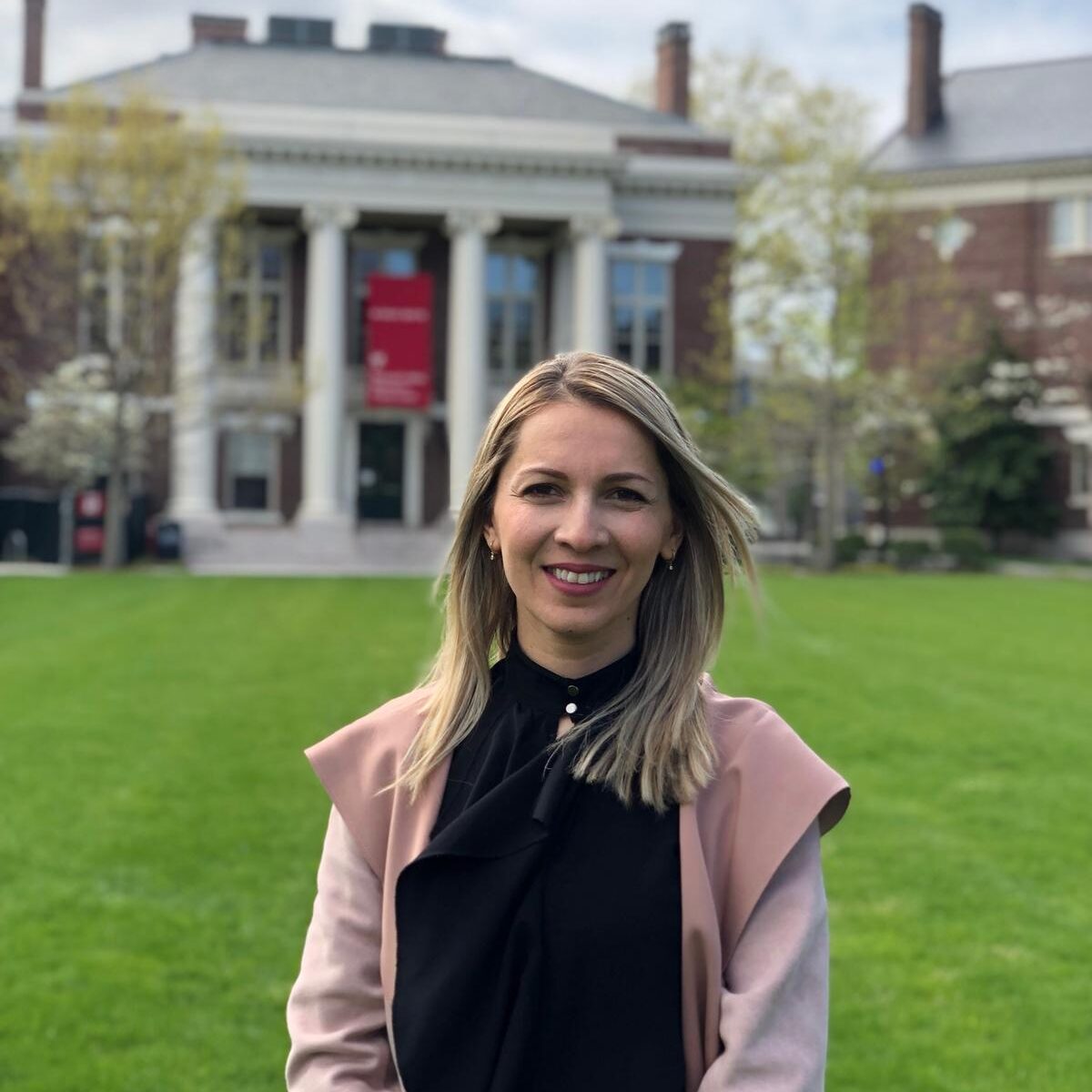
Prof. Tuna Şare Ağtürk is a distinguished archaeologist and art historian. She completed her undergraduate studies in Archaeology and History of Art at Bilkent University and went on to earn both her Master’s and Doctorate degrees in Art History, Classical Archaeology, and Museology from Rutgers University in the USA. She held a post-doctoral role at New York University’s Institute of Fine Arts from 2013 to 2014. Prof. Şare-Ağtürk’s significant contributions include leading the ‘Çukurbağ Archaeology Project,’ supported by TÜBİTAK and conducted between 2015 and 2018. In 2018, she became the first Turkish academic elected to Harvard University Radcliffe Institute of Advanced Sciences, in the field of archaeology. Since 2019, she has directed the European Commission’s ‘Nicomedia Project’ at Oxford University, while also serving as a faculty member at the Department of Archaeology at Çanakkale Onsekiz Mart University in Türkiye. Prof. Şare-Ağtürk is a prolific author, with numerous publications focusing on ancient Western Anatolian Visual Culture and the Archaeology of Nicomedia. Notably, her recent book, “The Painted Tetrarchic Reliefs of Nicomedia,” received the prestigious James Wiseman award from the American Archaeological Institute in 2023.

Ruth Siddall
University College London, UK.

Ruth Siddall (University College London) is a geologist who applies analytical techniques to the study of pigments, ceramics and stone in cultural heritage. She has worked in archaeological contexts in the UK and the broader Mediterranean region but has a particular interest in Ancient Egyptian and Roman Period painting and painting techniques. Ruth is a co-author of The Pigment Compendium: A Dictionary of Historical Pigments (2008) and has contributed the chapter on pigments to the 2nd Edition of the Encyclopedia of Archaeology (2023).

Sibel Ertez Ural
Bilkent University, Faculty of Fine Arts, Design and Architecture, Department of interior Architecture
and Environmental Design, Ankara, Türkiye.
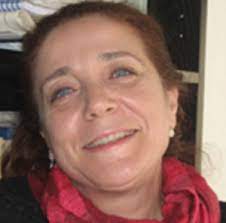
Sibel Ertez Ural (PhD.), is currently an instructor in the Interior Architecture and Environmental Design Department at Bilkent University where she teaches Design Studio, Technical Drawing, Architectural Graphics, Lighting Design, and Color Theory and Applications. She holds B.A. and M.S. in architecture from Middle East Technical University She has a Ph.D. from the Department of Architecture, Karadeniz Technical University for a thesis on “Color in Architecture: Effects of Color Dynamics on Coloring Artificial Environments”. She received her associate professor degree (CHE) in 2018. Her research interests include architectural color, color design process, spatial color, and color education. In addition to her academic research studies and publications, she also provides consultancy for architectural/construction firms as a color designer.

Yannick Vandenberghe
Scientist, Centre de Recherche et de Restauration des Musées de France (C2RMF), France..
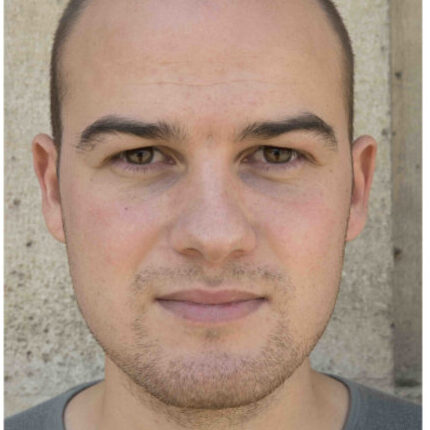
Trained in chemistry, Yannick Vandenberghe is a scientist in charge of the study of archaeological
collections at the Research and Conservation Center for the museums of France (C2RMF, Paris). His
field of expertise deals with the study of polychrome objects. He has worked extensively not only on
ancient Egyptian, Greek, Etruscan and Roman polychromy but also on a wide range of artefacts from
various collections : Mediaeval wood, stone and ivory sculptures, Renaissance stucco reliefs, 17th
and 18th c. polychrome wooden furniture, modern wax sculptures as well as ethnographic objects.
Lately, within the framework of the Pilina research project, he has characterized the polychromy of
more than 110 Greek terracotta figurines by a multi-technique approach (multi-spectral imaging,
non-invasive analysis and micro-sampling) with the project of a database diffusion.

Filiz Yenişehirlioğlu
Koç University, Director of VEKAM, Ankara, Türkiye.
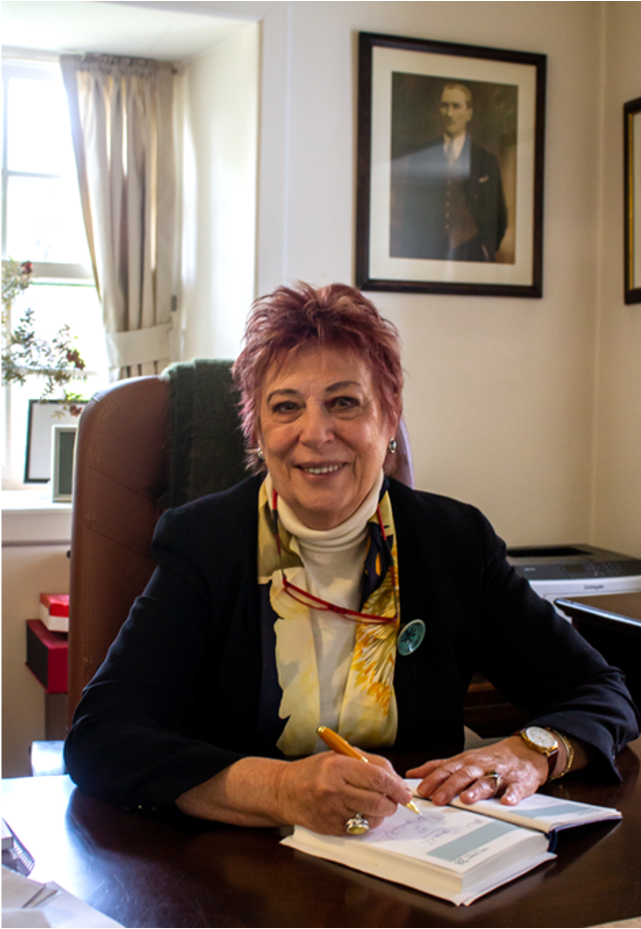
Prof. Dr. Filiz Çalışlar Yenişehirlioğlu has been a faculty member of the Koç University Department of Archaeology and History of Art since 2013. She is also the director of Koç University Vehbi Koç Ankara Studies and Research Center, located in Ankara. She hitherto served as the founding dean of Başkent University Faculty of Fine Arts, Design and Architecture and worked at Hacettepe University Department of History of Art for many years before. After she graduated from Arnavutköy American College for Girls, she earned her bachelor’s and master’s degrees in History of Art and Archaeology at Paris-Sorbonne (Paris IV) University between 1968 and 1975. She completed her PhD in 1981.
She has many national and international publications on Ottoman art, architecture, ceramics, cities, and archaeology and organized symposia and conferences, gave lectures, and conducted research. In 1985-1986, she conducted research at Harvard University Aga Khan Program for Islamic Architecture with the Fulbright Scholarship and lectured as a Mustafa Kemal Fellow at the University of Cambridge Faculty of Oriental Studies in the UK in 1995-1998.
She is a member of the National Committee at the International Congress for Turkish Art, and a member of the executive committee of the International Medieval Mediterranean Ceramics Association. She directed the excavations and surveys of 18th-century Ottoman kilns and the Potters’ Quarter in Eyüp at the Istanbul Tekfur Palace in cooperation with the Museum of Turkish and Islamic Arts in Istanbul. She established the Tekfur Palace Museum in 2019 under the Istanbul Metropolitan Municipality. She organized the digital database of the ceramics located in Topkapı Palace storage. She is also a member of the French Order of Arts and Letters and holds the Italian Adelaide Ristori Award.

Thomas Zimmermann
Bilkent University, Faculty of Humanities and Letters, Department of Archaeology, Ankara, Türkiye.
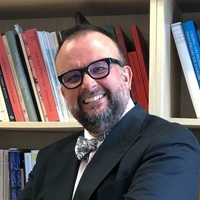
Thomas Zimmermann graduated from the University of Regensburg, where he completed his studies in Pre- and Protohistory, European Ethnology and Classical Archaeology. For his PhD project he was based in the Römisch-Germanische Zentralmuseum Mainz, studying Copper Age burials with daggers in their technological and social dimensions, as part of of the Early Elites Research Cluster. In 2003, he succumbed to oriental lure and moved to Turkey, where he is currently appointed as Associate Professor at the Department of Archaeology at Bilkent University, Ankara. His versatile research interests include science in archaeology, early metallurgy, the emergence of elites in 3rd millennium BC Asia Minor, and the history of archaeological methodology. He has published numerous articles in international peer-reviewed journals; his MA and PhD theses have appeared as monographs (RGZM Catalogue and Monograph Series, 2006 and 2007); and he co-edited the “Sacred Landscapes in Anatolia” conference proceedings with Charles Gates and Jacques Morin (BAR International Series, 2009). That aside, he loves to accumulate mechanical timepieces, old maps and Star Wars collectibles.